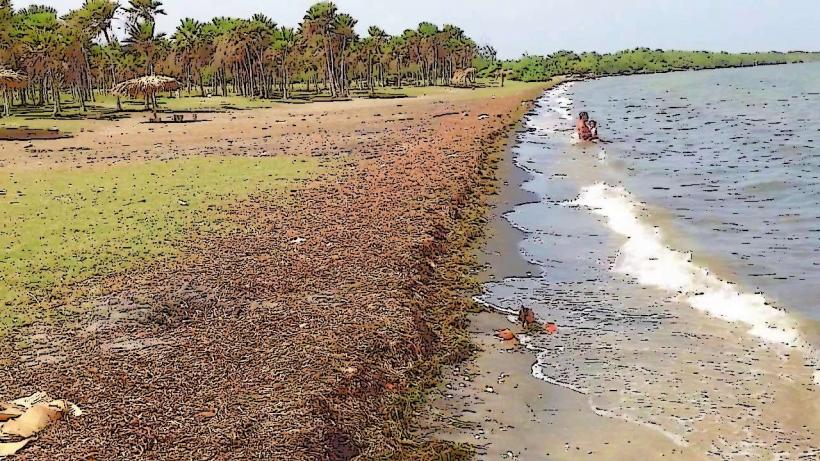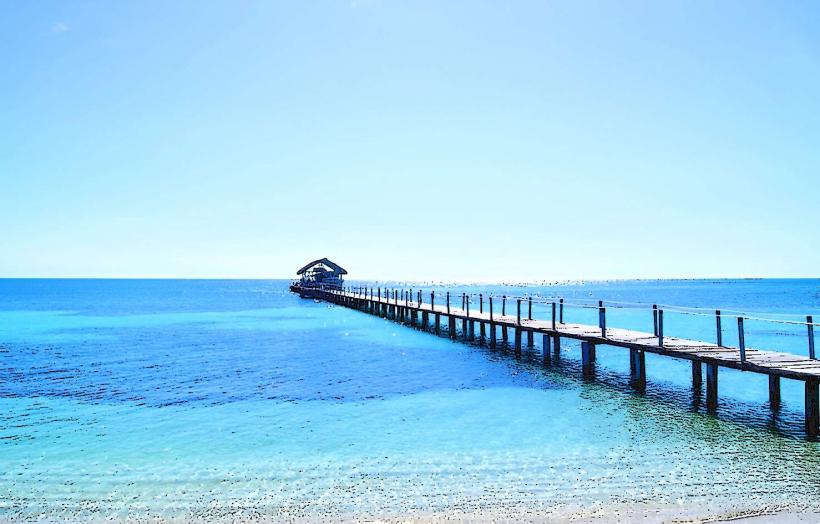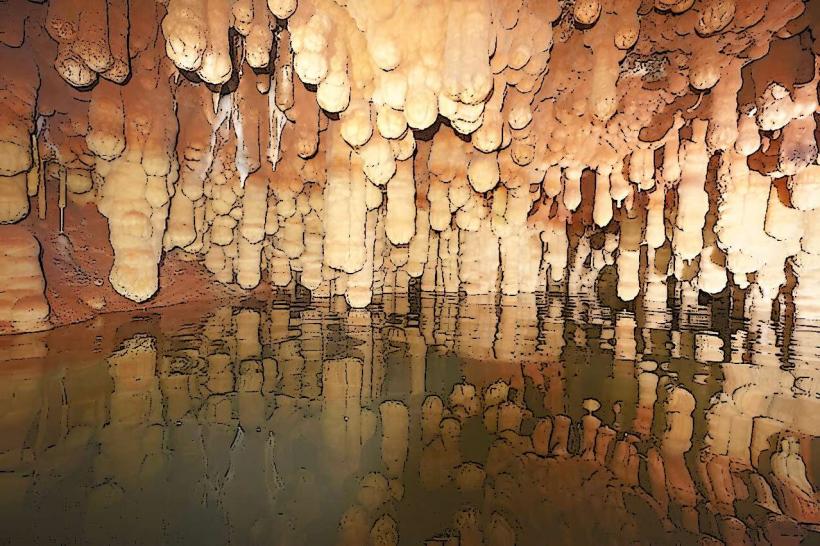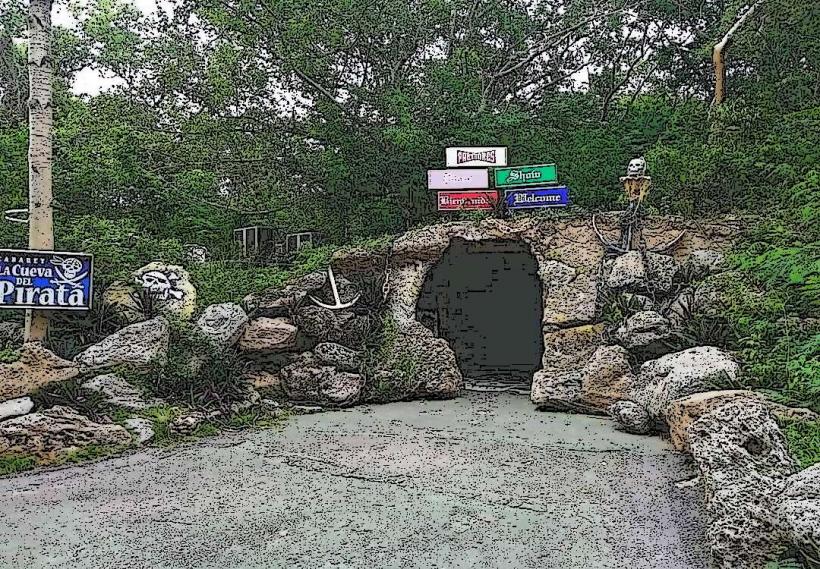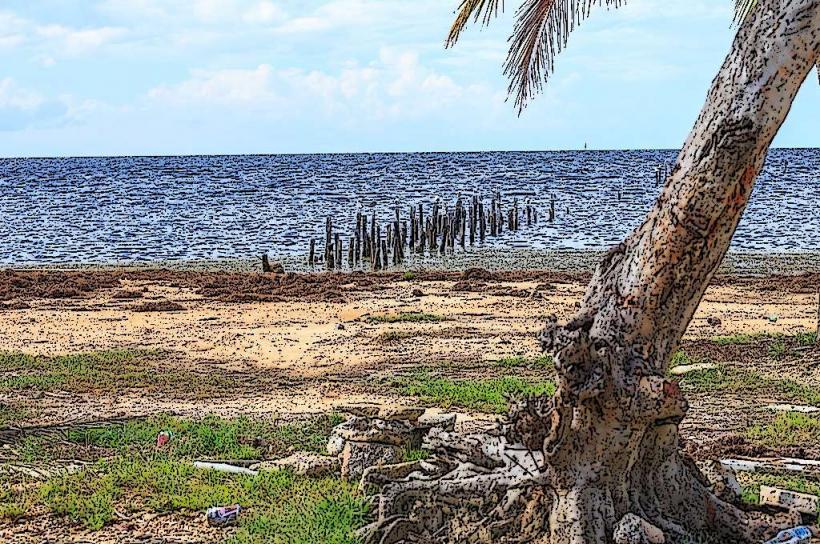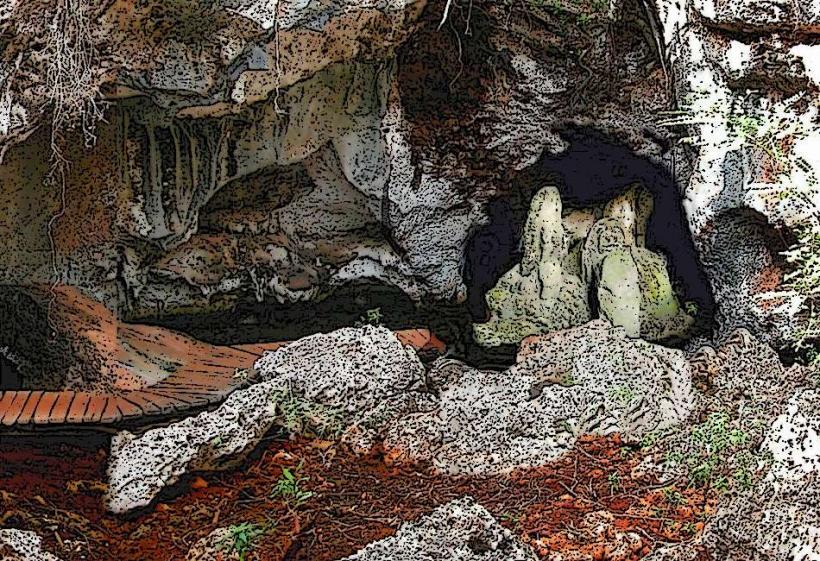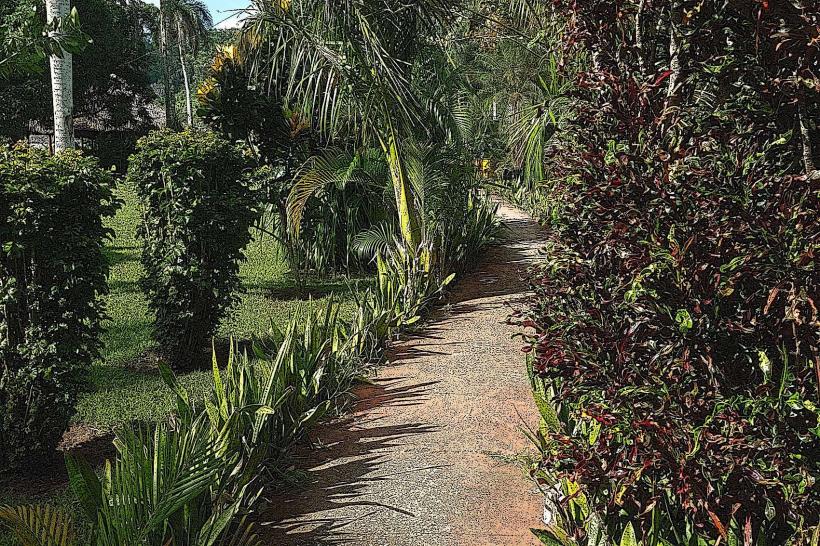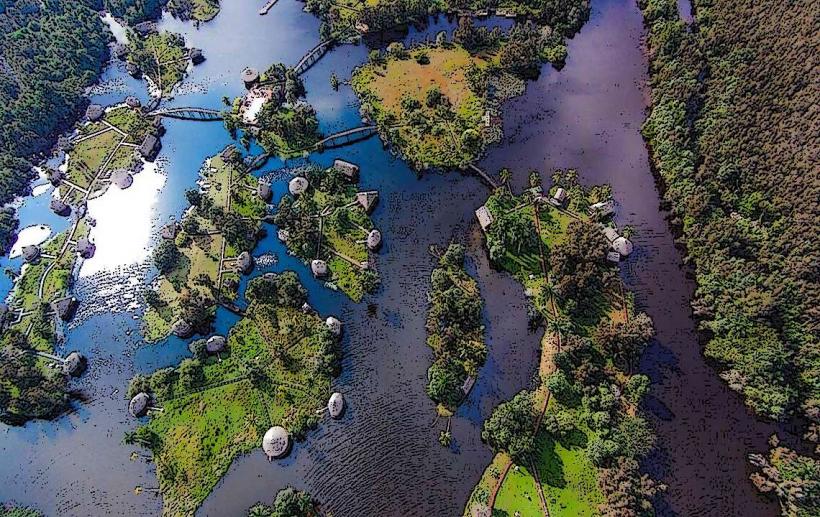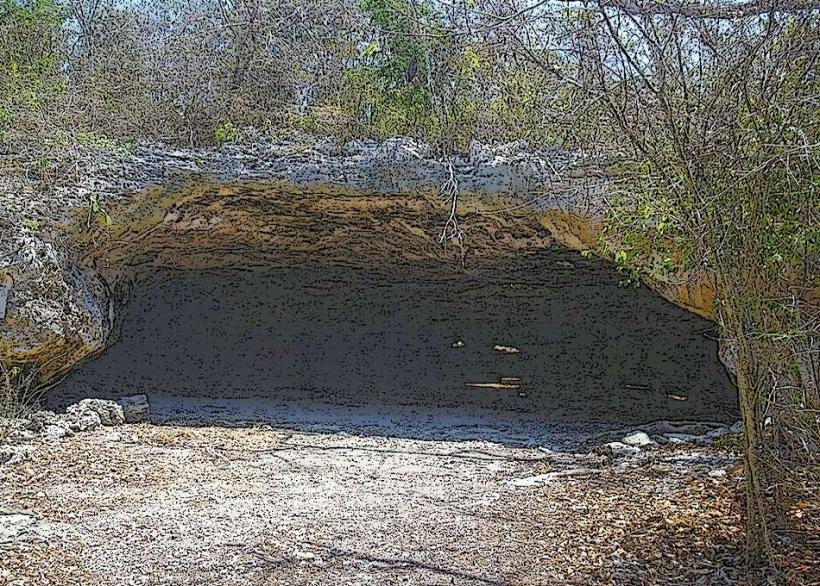Information
Landmark: Museo de la Isla de la JuventudCity: Isla de la Juventud
Country: Cuba
Continent: North America
Museo de la Isla de la Juventud (Museum of Isla de la Juventud) is located on Isla de la Juventud, Cuba’s second-largest island, known for its rich history, cultural heritage, and natural beauty. The museum offers a comprehensive look at the island's past, from its indigenous roots to its significance during the colonial period, and through its revolutionary history in the 20th century.
Location
- Isla de la Juventud, also known as Isle of Youth, is situated south of the main Cuban island. The Museo de la Isla de la Juventud is located in the island’s capital, Nueva Gerona, which is also the largest town on the island. Visitors can easily access the museum from Nueva Gerona's main square and enjoy its exhibits showcasing the local culture and history.
Historical Background
The museum is housed in a colonial-era building, which adds to its charm and serves as a historical landmark itself. Isla de la Juventud has played a significant role in Cuban history, especially during the Cuban Revolution and the island’s political and social development in the 20th century. The museum’s exhibits reflect this historical evolution, focusing on both local and national events that shaped the island’s identity.
Exhibits and Collections
Indigenous and Colonial History
The museum’s exhibits begin with the pre-Columbian era, featuring the island’s indigenous inhabitants, primarily the Ciboney and Taino peoples. Displays include artifacts, tools, and cultural objects that help explain the way of life of these early inhabitants.
- Indigenous Artifacts: The museum showcases pottery, weapons, and tools used by the island’s original peoples. Visitors can gain insight into their social structures, rituals, and lifestyles.
- Colonial Influence: With the arrival of the Spanish colonizers in the 16th century, Isla de la Juventud became a key area for settlements, sugar plantations, and trade. The museum features collections related to the island’s colonial architecture, economy, and its role in Cuba’s colonial history.
Revolutionary History and Cuban Independence
One of the museum's most important sections is dedicated to the Cuban Revolution and the role Isla de la Juventud played during that period. The island is known for being the site of the Isla de la Juventud Prison, where revolutionary figures like Fidel Castro were imprisoned before launching the Cuban Revolution.
- Fidel Castro’s Imprisonment: The museum explores the events surrounding the time Fidel Castro and other revolutionaries were held on the island before they were released and began their revolutionary activities. This period is marked by the struggle for independence and the fight against the Batista dictatorship.
- Revolutionary Art and Artifacts: The museum displays posters, photos, and memorabilia from the Cuban Revolution, showcasing the island's contribution to the larger national movement for freedom and independence.
Cultural Heritage
The museum also emphasizes the cultural contributions of the island's residents, reflecting the traditions of Cuban art, literature, music, and dance. The local culture is deeply influenced by the island's African, Spanish, and Caribbean heritage.
- Folk Art: There are exhibits dedicated to local craftsmanship, including weaving, woodwork, and metalwork that have been passed down through generations. The island’s folk traditions are also showcased in music and dance artifacts.
- Contemporary Art: Modern Cuban artists, including those from Isla de la Juventud, are featured in the museum, with contemporary works reflecting the dynamic culture of the island.
Environmental and Natural History
- Flora and Fauna: Isla de la Juventud is rich in biodiversity, and the museum highlights the island’s unique ecosystems, including its mangroves, tropical forests, and the marine life that surrounds the island. The collection includes botanical displays, as well as information on the native species and conservation efforts in the area.
- Geology: The museum also provides insight into the island's geological history, showcasing how it has evolved over millions of years.
Visitor Experience
The Museo de la Isla de la Juventud offers a well-rounded educational experience for those interested in the island’s history and Cuban culture. The museum’s exhibits are designed to be both informative and engaging, and there are often guided tours available to provide deeper context to the displays.
- Multimedia Displays: Some of the exhibits include interactive displays and multimedia presentations, offering visitors a chance to experience historical events and local culture in a dynamic way.
- Local Crafts and Souvenirs: The museum features a small gift shop where visitors can purchase souvenirs, including locally made crafts, books, and memorabilia related to the island’s history and culture.
Conclusion
The Museo de la Isla de la Juventud offers a fascinating glimpse into the history, culture, and natural heritage of Isla de la Juventud and the broader Cuban Revolution. Whether visitors are interested in the island’s indigenous history, its role in the Cuban Revolution, or its cultural and environmental significance, the museum provides a rich, educational experience. For anyone visiting the Isla de la Juventud, this museum is a must-see for a deeper understanding of the island’s past and its place in Cuban history.

